How to Strip Wash Nappies
You may have heard about cloth nappy strip washing before. Even before you bought your cloth nappies and were in the research phase, this is a HOT topic. Here at Team Cheeky we’ve been all about Simple Reusables since 2008, I had 4 children in reusable nappies myself and Kirstin in customer service was a self confessed cloth nappy addict!
We thought it was REALLY important to do a specific blog post on strip washing however as there’s so much inaccurate information out there on cloth nappy groups and forums.
Some of this information is based on laundry detergents and practices which aren’t available in the UK and which can actually ruin your nappies!
Bleaching is often recommended, but this is based on American / Australia laundry bleach which is VERY different from the household bleach we use here in the UK.
Using UK bleach on your nappies can rot them to pieces. Especially bamboo cloth nappies as the bleach just eats the bamboo fabric. We can’t say strongly enough, DO NOT BLEACH YOUR REUSABLE NAPPIES.
Generally, strip washing is only necessary if your cloth nappies suddenly start to smell or leak when they haven’t done previously. Or maybe your partner or mother in law 'helpfully' washed your nappies with fabric softener. It happens!
A good wash routine can generally avoid the need for strip washing, but I found when my kids were teething and their pee became more acidic it was needed more often.
The stinks and smells come from ammonia or detergent build up. Read 'why do my cloth nappies smell' for more details.
It’s perfectly possible to strip wash your nappies without resorting to bleach, washing up liquid, dishwasher tablets or any of the other frankly dodgy methods found online and on social media.
In this article we aim to demystify strip washing, looking at:
- What is a strip wash?
- How to strip wash reusable nappies
- How to boost your nappy washing routine
What Is a Strip Wash?
A strip wash is actually just a process to deep clean your reusable cloth nappies and wraps to remove ammonia and detergent build up. Laundry stripping will help get rid of any lingering stinks and smells.
How to Strip Wash Reusable Nappies
According to the Nappy Alliance (UK Reusable Nappy Manufacturers), here's how to strip wash reusable nappies:
- Cool rinse, or quick wash cycle, no detergent
- Hot wash, long cycle with detergent
- Hot wash, full length no detergent
- Extra rinse again if necessary
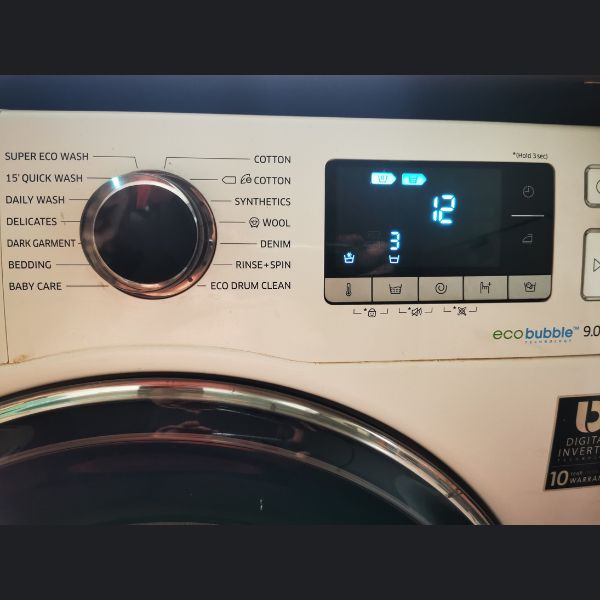
The purpose of this step is to loosen any poo and wash it away. This step also gets your nappies good and wet and heavy because the nappies aren't spun dry.
If you have an eco washing machine which can tend to use less water as they weigh the contents, you'll have more water used in the next step which is important.
On my washing machine I use the 12 minute daily wash with no spin and cold water.
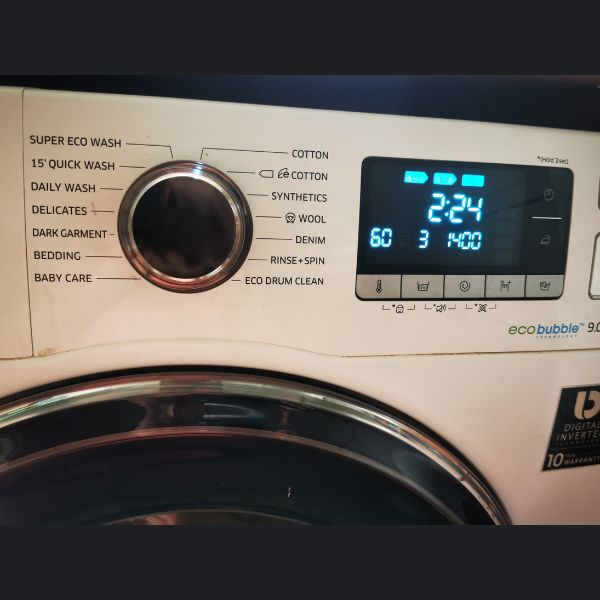
2 Hot wash, full length with detergent
Ideally the next step is a full long wash cycle in hot water, preferably 60c. Not all manufacturers recommend to wash at 60, some (including Cheeky Nappies) have a max wash temperature of 40c, so please do check your manufacturers instructions!
If you use nappies with wraps / outer pockets, these should definitely be washed at a max temperature of 40c to avoid damaging the waterproofing.
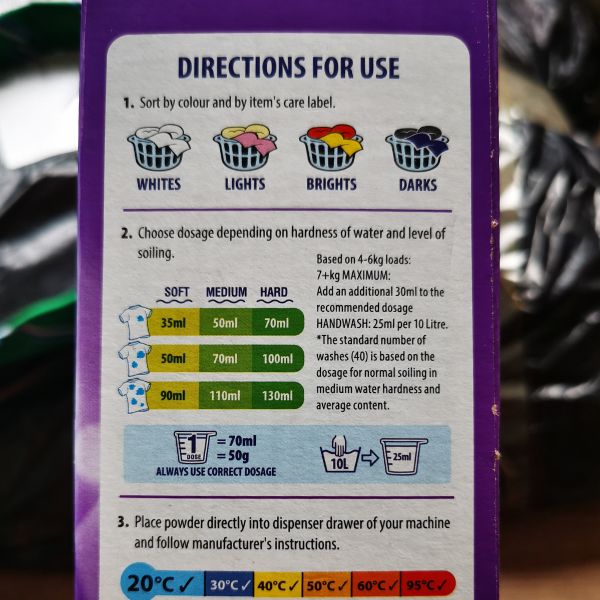
You should use a full dose of detergent (powder) for the size of washload.
For example if your washing machine is half full, use half the maximum dose recommended for heavily soiled items.
This is the washing powder that I use. I live in a hard water area, with a 9kg machine which is half full for my strip wash. The washing powder levels quoted are for 4kg to 6kg, which is roughly what I am washing. And they are heavily soiled, so for me a full dose would be 130ml.
3 Hot wash, full length, no detergent
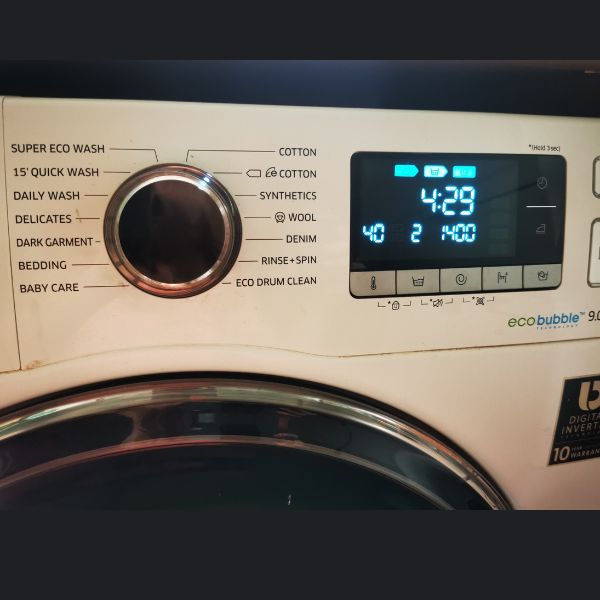
This wash can be at 40 or 60 degrees and should be the longest wash on your washing machine. As you can see, on my Samsung eco-bubble, this is a 4 hour cotton wash!
If at the end of step 3 you had no bubbles left in your washing machine, you can skip this step. This is just a final rinse to make sure your nappies are properly rinsed clean of any detergent. You can use the spin cycle on this round however
Two top tips to help boost your nappy washing routine:
- add washing soda to your laundry
- clean your washing machine
Add washing soda (soda crystals) to your nappy wash
If you live in a hard water area (as I do), adding a tablespoon of washing soda to your wash is a really easy way to boost cleaning cloth nappies. It helps soften the water and is a natural way to boost stain removing power.
I'm lucky that I have a Samsung washing machine, which helpfully reminds me when it's time to do a maintenance wash. If your machine doesn't do this, it's a good idea to set a calendar reminder once a month to run at 70c wash cycle with no detergent. This cleans your machine and keeps it in tip top condition!
We hope you found this useful and informative. And it has hopefully taken away the fear factor from strip washing! If you enjoyed this, you may also like:
- Are reusable nappies hygienic
- How to clean washable nappies
- Reusable Nappies & Nappy Rash, your questions answered
About the author: Helen Rankin is a Mum of 4, who founded Cheeky Wipes, the original reusable wipes kit back in 2008 after disposable wipes caused her eczema to flare up. She went on to develop their range of 'Simple Reusables' to include period pants, reusable sanitary pads and finally reusable two part nappies and pocket nappies.
Her customer services team pride themselves on providing relatable friendly advice and just LOVE to chat pee, poo and periods all day long! The Company was recognised for their hard work in developing environmentally friendly products with the Queens Award in Enterprise for Sustainable Development in 2021.
I'm lucky that I have a Samsung washing machine, which helpfully reminds me when it's time to do a maintenance wash. If your machine doesn't do this, it's a good idea to set a calendar reminder once a month to run at 70c wash cycle with no detergent. This cleans your machine and keeps it in tip top condition!
We hope you found this useful and informative. And it has hopefully taken away the fear factor from strip washing! If you enjoyed this, you may also like:
- Are reusable nappies hygienic
- How to clean washable nappies
- Reusable Nappies & Nappy Rash, your questions answered
About the author: Helen Rankin is a Mum of 4, who founded Cheeky Wipes, the original reusable wipes kit back in 2008 after disposable wipes caused her eczema to flare up. She went on to develop their range of 'Simple Reusables' to include period pants, reusable sanitary pads and finally reusable two part nappies and pocket nappies.
Her customer services team pride themselves on providing relatable friendly advice and just LOVE to chat pee, poo and periods all day long! The Company was recognised for their hard work in developing environmentally friendly products with the Queens Award in Enterprise for Sustainable Development in 2021.
.jpg)
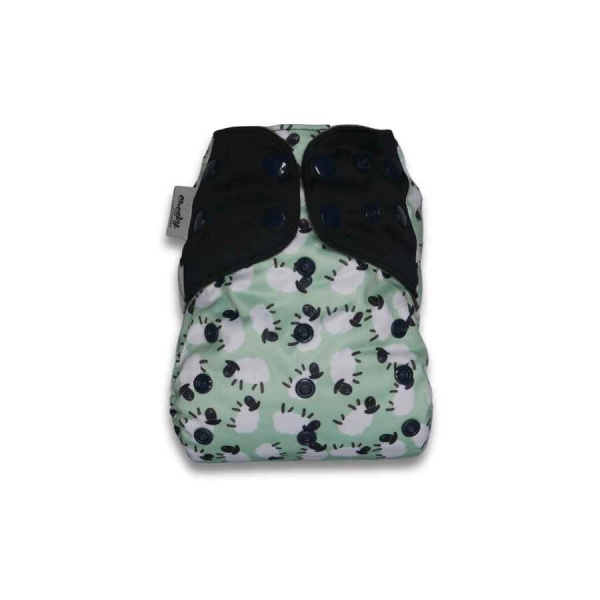
.jpg)
.jpg)
.jpg)
.jpg)
.jpg)

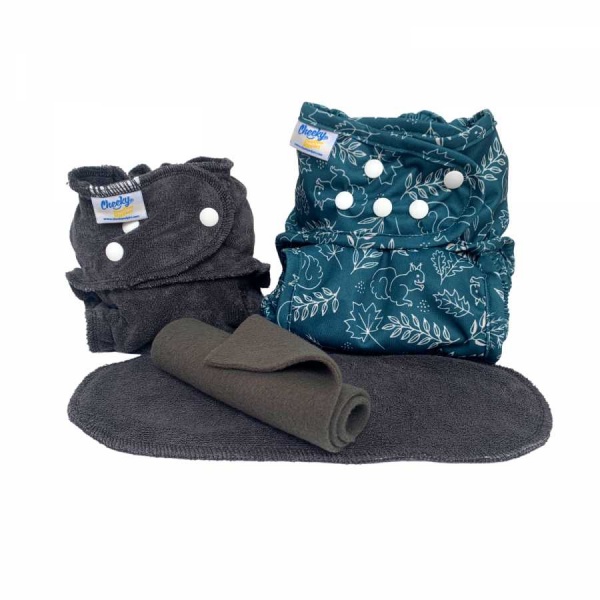
.jpg)
.jpg)
.jpg)
.jpg)